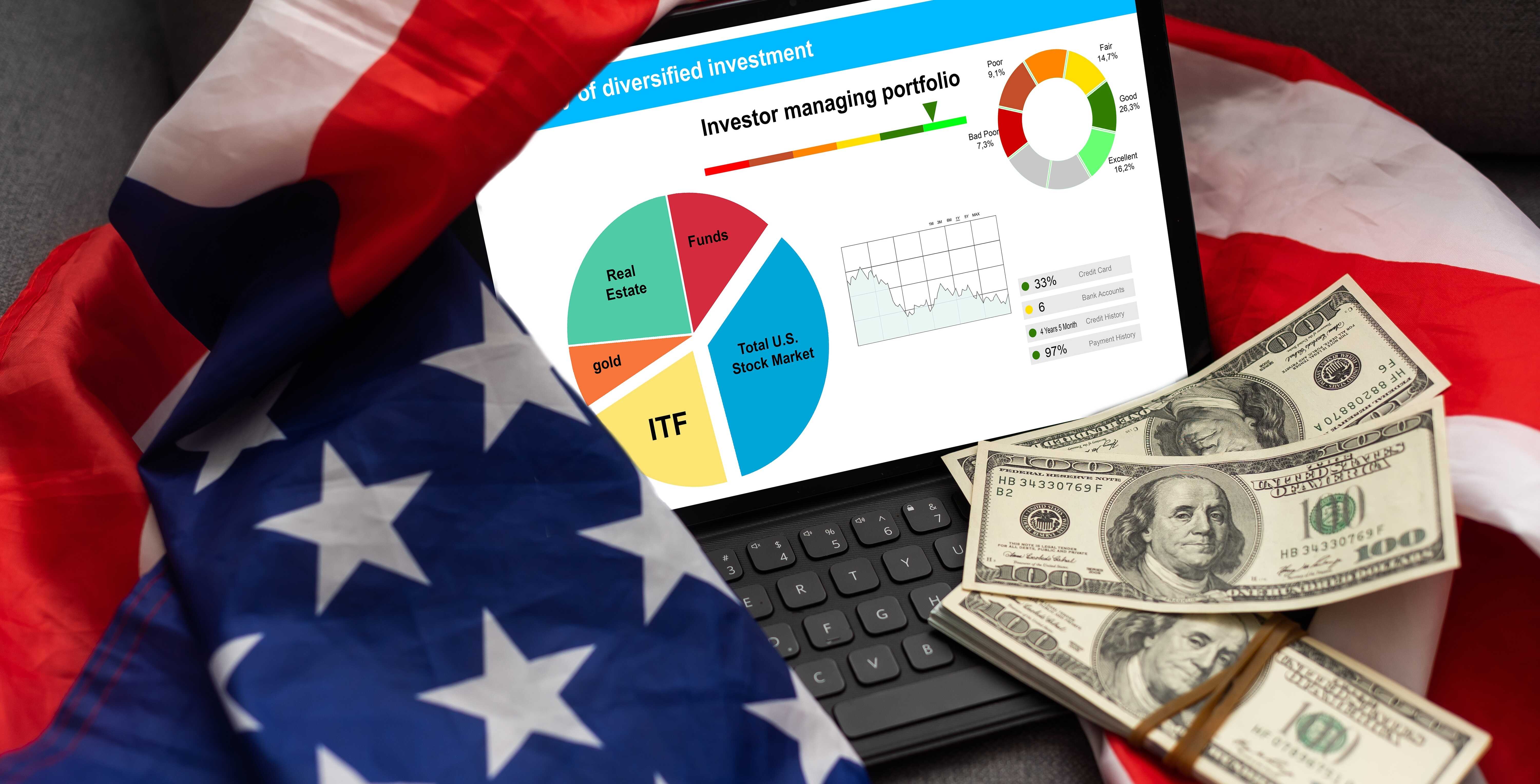Vintage Photos Show What Life Looked Like Behind The Iron Curtain

Children admire a painting on a sunny beach day in Russia.
Vladimir Bogdanov/FotoSoyuz/Getty Images
- Before the end of the Cold War, the Iron Curtain cut off the Soviet Union from the rest of Europe.
- Life there was restricted, but as its leaders changed, Western influence began to reach residents.
- Still, some older generations held on to the communist structure and devotion to the state.
The Iron Curtain was a figurative and ideological wall — and eventually a physical one — that separated the Soviet Union from western Europe after World War II.
The name, widely attributed to Winston Churchill, hinted that life in the USSR was secretive and very different from other western, capitalist countries.
But vintage photos provide a peek behind the curtain and show that, while members of the Soviet Union worked tirelessly to prove its power to the rest of the world, there was also time for music, shopping, and vacations in the sun.
Here's what life was like behind the Iron Curtain.
Sovfoto/Universal Images Group/Getty Images
Bettmann/Getty Images
TASS/Getty Images
Source: Encyclopedia Britannica
Michel ARTAULT/Gamma-Rapho via Getty Images
Source: History.com
Sovfoto/Universal Images Group/Getty Images
LUBOMIR KOTEK/AFP/Getty Images
Joanna Stingray/Getty Images
Source: Smithsonian Magazine
Marc DEVILLE/Gamma-Rapho/Getty Images
Peter Turnley/Corbis/VCG/Getty Images
Source: The Guardian
Marc DEVILLE/Gamma-Rapho/Getty Images
STAFF/AFP via Getty Images
Photo by V. Sychev/TASS/Getty Images
While the government was no longer in complete control by the 1960s, they still used victories as a propaganda tool and claimed success whenever there was a big win.
Source: livemint, futbolgrad
Sepia Times/ Universal Images Group via Getty Images
Vitaly Sozinov/TASS/Getty Images
Source: ForeignPolicy
Mark Redkin/FotoSoyuz/Getty Images
Sovfoto/Universal Images Group/Getty Images
Gilbert UZAN/Gamma-Rapho/Getty Images
Source: Fast Company
James McAnally/Graphic House/Archive Photos/Getty Images
Pictured, a sales assistant shows shirts to customers at the GUM department store, known as the State Department store, in Red Square, Moscow.
Illustré/RDB/ullstein bild/Getty Images
Source: Geohistory
Avalon/Getty Images
Simon Knott/Getty Images
Vladimir Bogdanov/FotoSoyuz/Getty Images
TASS/Getty Images
Bettmann/Getty Images
Jerry Cooke/Corbis via Getty Images
Popular Products
-
 Realistic Fake Poop Prank Toys
Realistic Fake Poop Prank Toys$60.87$49.99 -
 Fake Pregnancy Test
Fake Pregnancy Test$30.78$15.00 -
 Anti-Slip Safety Handle for Elderly S...
Anti-Slip Safety Handle for Elderly S...$53.99$28.78 -
 Toe Corrector Orthotics
Toe Corrector Orthotics$30.99$20.78 -
 Waterproof Trauma Medical First Aid Kit
Waterproof Trauma Medical First Aid Kit$121.99$84.78